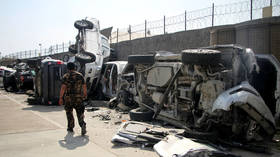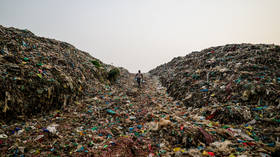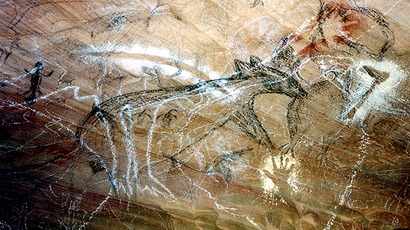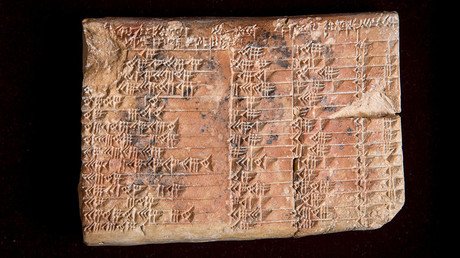Mysterious sand mounds confirmed as ancient Aboriginal burial ground
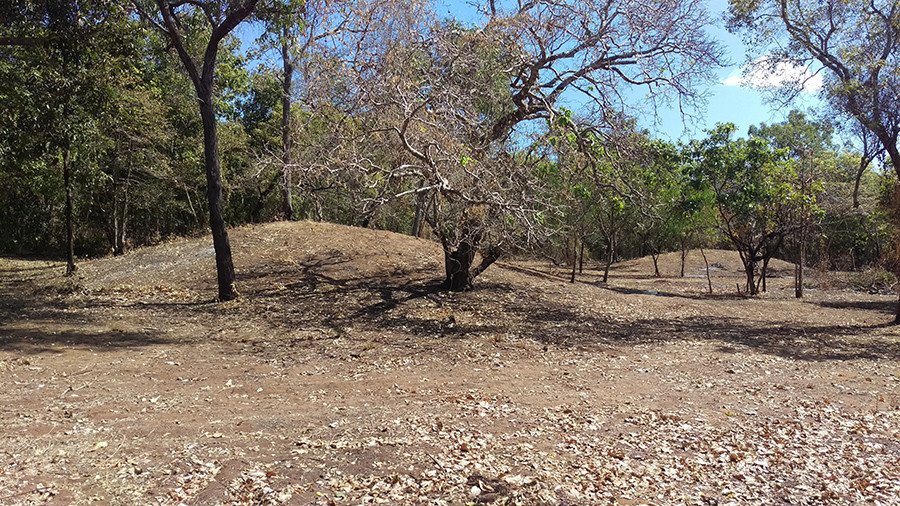
The origins of a series of mysterious sand mounds in a remote part of Queensland, Australia, may have finally been solved after human remains were discovered lying within.
The human remains interred in burial mounds in Mapoon, western Cape York, could be up to 6,000 years old – making them older than the Egyptian pyramids, according to archaeologists.
While the indigenous Tjungundji people long believed the mounds held the remains of their ancestors, others suggested they were natural formations or created by birdlife.
“The origins, ages and functions of these mounds have been debated by researchers for decades and the age of these features is uncertain,” lead archaeologist Dr Mary Jean Sutton said in a statement to RT.com.
The research was carried out by Western Cape Communities Trust in partnership with archaeologist consultant Virtus Heritage and the local indigenous community to investigate and protect the Aboriginal burial mounds.
Sutton told RT that the discovered remains could be even older than 6,000 years old, or they may have been laid more recently: “This is the mid-way possible date – there is no way of really knowing without digging one up, they are ancient.”
“Our research indicates, in this area of northern Australia, ancient societies had more complex mortuary and cultural practices than previously recognized, which continued through the mission era.”
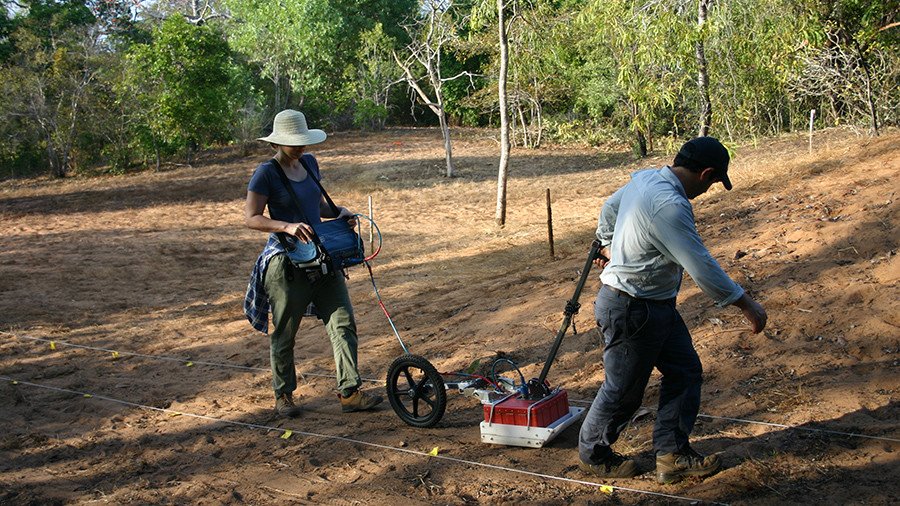
The initial ground-penetrating radar (GPR) investigation of 11 mounds detected the interment of many human remains. More than 250 earth mounds have been mapped along the 60km (37 miles) of coast in Mapoon.
The technology used included a combination of GPR and magnetometry, recognized by Aboriginal Elders as being culturally sensitive as it does not disturb the site. “We value this non-invasive technology because it’s culturally appropriate and does not disturb the resting places of our old people. It helps us maintain our cultural law and assists us with protecting and managing our cultural heritage,” Aunty Diane Nicholls said.
Confirmation that the mounds are Aboriginal graves comes amid increased mining in the area. Despite promises by multinational miner Rio Tinto to work with the community to recognize cultural heritage sites, locals are calling for better protections for burial grounds.
“To know these mounds are now here — and they've been here for years and years — but now, because mining's happening, there's got to be some protection and a law to these things,” Aunty Diane told ABC News.
READ MORE: Giza Pyramid mystery chamber may hold Pharaoh’s 'meteorite throne'
Within Australia, Mapoon is known for its historical abuses of the Aboriginal population. In 1891 a mission was established on the land of the Tjungundji people and an industrial school was set up to house Aboriginal children taken from their parents. In the 1960s, the population was forcibly removed and most of the local buildings burned down to facilitate mining companies.
Archaeologists will now map additional mounds in the area to look for differences between the mounds and pre-mound features and determine if they are natural or cultural in origin.
Think your friends would be interested? Share this story!




